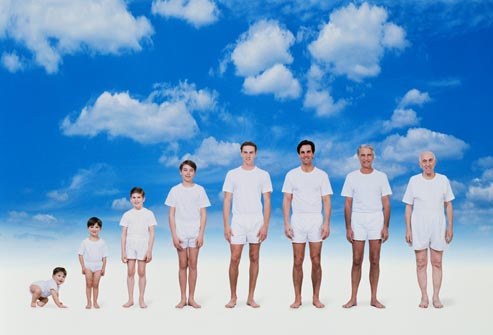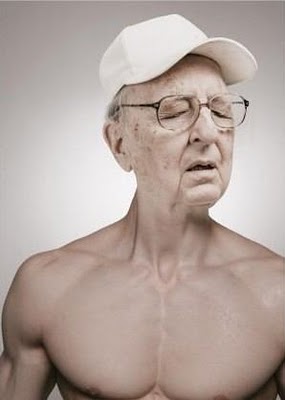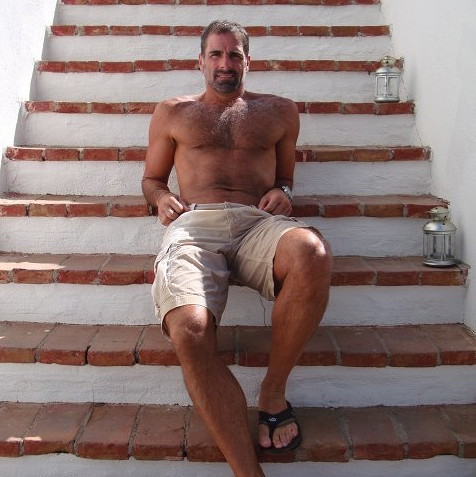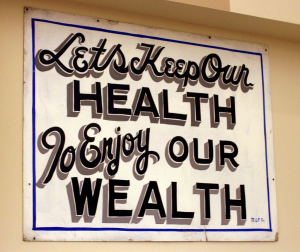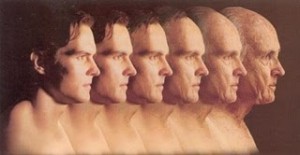 On my 26th birthday, people around me started reminding me that Iâm in my late 20s. Apparently, this is a bad thing. Because then youâre 30, and then 40 and then 50 and so on. Itâs basically, “Happy 26th Birthday. Youâre dead.”
On my 26th birthday, people around me started reminding me that Iâm in my late 20s. Apparently, this is a bad thing. Because then youâre 30, and then 40 and then 50 and so on. Itâs basically, “Happy 26th Birthday. Youâre dead.”
I know that a lot of us (and gay men, in particular) fear getting old. In a society and culture that worships youth and wrinkle-free skin, the inevitable effects of aging can challenge us and make us feel less desirable. Sometimes even invisible.
But I think we have it all wrong. Growing old isnât a disease to be fought. Itâs not a plague or a poison.
On the contrary, growing old is a gift. And itâs a gift that too many people in our community havenât been able to experience. I think back to the AIDS epidemic of the 80s and 90s, and how many gay men lost their battles so early in life. I think about the fact that gay, lesbian and bisexual youth are 4x more likely to attempt suicide and that nearly 50% of transgender people have seriously complemented suicide.
In this way, growing old is something to honor and celebrate. Sure, we might get grey hairs and saggy tits, but weâre here goddamn it.
Of course, this isnât an excuse to stop taking care of ourselves. On the contrary, staying healthy and active helps keep these bodies in working condition. As we age, letâs do so with energy, good health and minimized risk for chronic disease and ailments. Letâs make sure we get the most out of our years.
Anyway, hereâs to becoming a bunch of old farts.







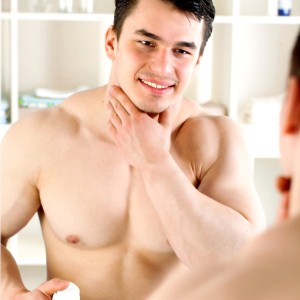 There are a lot of reasons to exercise. Improved health. Increased brain function. Even
There are a lot of reasons to exercise. Improved health. Increased brain function. Even 